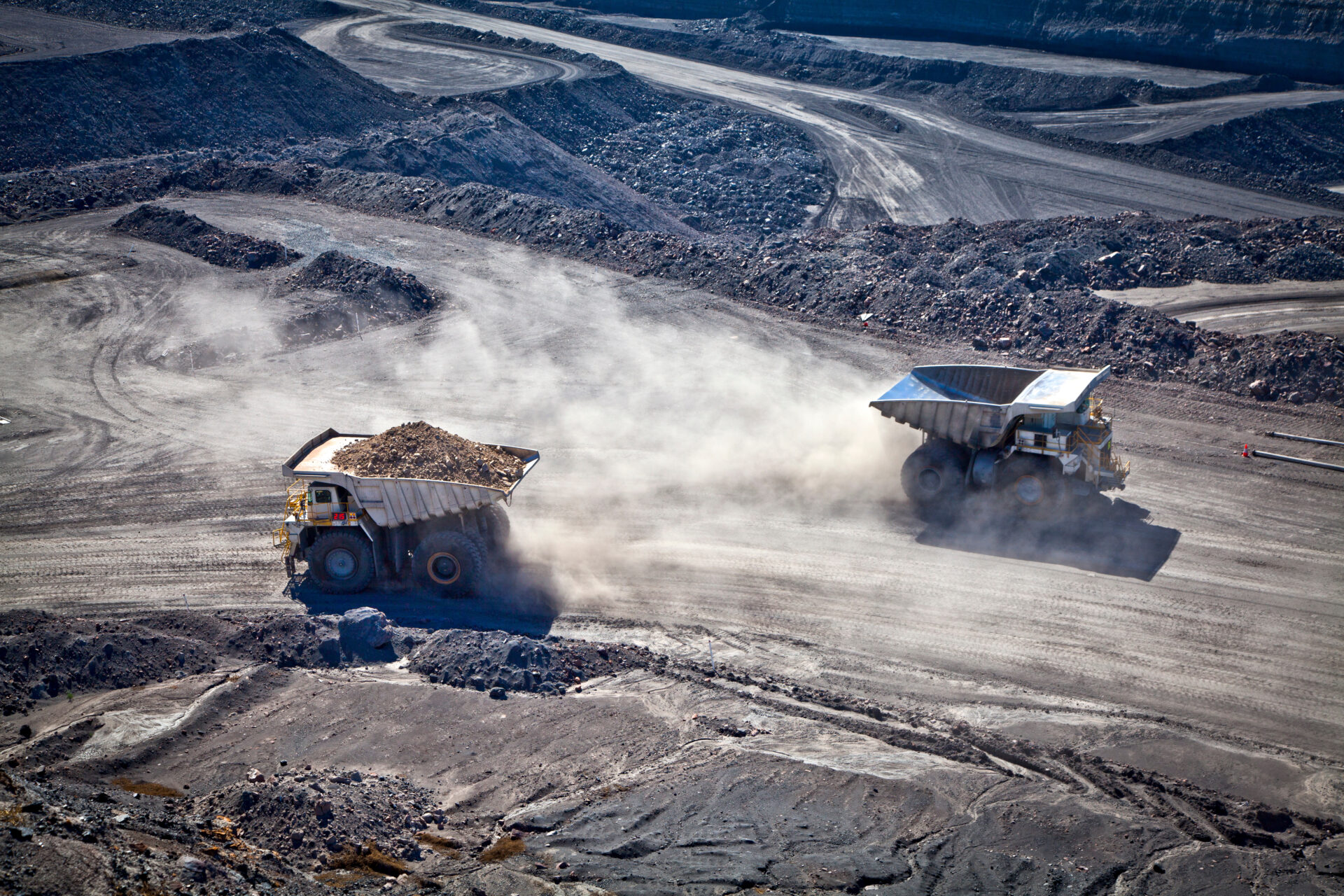Mine Dust Lung Disease (MDLD) is a blanket term used to describe a range of lung diseases caused by harmful exposure to respirable dust in mines and quarries.
Types of MDLD include:
- Coal Workers’ Pneumoconiosis (CWP or “black lung”)
- Emphysema
- Lung cancer
- Asthma
- Chronic bronchitis
- Chronic obstructive pulmonary disease (COPD)
- Silicosis
These conditions often take years or even decades to develop but symptoms can appear earlier or later depending on the level of exposure and individual susceptibility.
What is respirable dust?
Respirable dust is invisible to the naked eye. It is so fine that it bypasses the body’s natural defences and penetrates deep into lung tissue. Once inside the lungs, it causes irritation and scarring (fibrosis). Over time, this scarring replaces healthy tissue, leading to reduced lung function, increased mucous production, wheezing, and shortness of breath.
Symptoms of MDLD
In the early stages of MDLD, symptoms may be mild or absent. Early signs can include:
- Persistent cough
- Shortness of breath
As the disease worsens, workers may experience:
- More frequent breathlessness, including while resting
- Chest infections and chronic cough
- Sputum (sometimes black in cases of CWP)
- Reduced lung function
- Pulmonary hypertension
- Heart problems
Key risk factors
The greatest risk factor for MDLD is long-term exposure to harmful levels of respirable dust.
While this risk can be exacerbated by things like family history or smoking, these factors must never be used by employers to avoid responsibility for dust exposure. MDLD is first and foremost an occupational disease caused by unsafe workplace conditions.
Beating mine dust lung disease
Prevention
Prevention is the most effective tool in fighting dust diseases. This requires:
- Strict dust-level limits, enforced by regulation
- Effective monitoring and reporting of dust exposure on all sites
- Union involvement in health and safety committees
- Raising awareness among members about risks and protective measures
- Ensuring workers have access to and training in appropriate PPE
The MEU is committed to working with governments and regulators to strengthen dust control standards and health surveillance across the mining and energy industries.
Health surveillance
Regular health screening is essential for early detection. Chest X-rays and lung function tests can identify scarring or early changes before symptoms appear. Early diagnosis allows workers to take action to prevent further harm and secure better long-term health outcomes.
Treatment and management
While there is no cure for advanced MDLD, early intervention and lifestyle changes can slow disease progression and improve quality of life. Treatments may include:
- Quitting smoking and avoiding further dust exposure
- Pulmonary rehabilitation (exercise and diet to support lung health)
- Managing breathlessness with breathing techniques
- Oxygen therapy
- Bronchodilator medication
- Immunisations to reduce risk of infection
The union’s role
The MEU continues to fight for:
- Stricter dust-level enforcement and tougher penalties for non-compliance
- Independent health surveillance programs so workers get honest results, not employer-filtered ones
- Support for workers already diagnosed, including rehabilitation and compensation pathways
- Raising industry standards to ensure no worker’s health is sacrificed for production targets
Staying safe at work
Employers must:
- Eliminate or control dust hazards through engineering controls, ventilation, water sprays, and enclosed cabins
- Provide fit-for-purpose PPE and training in its use
- Monitor dust levels and share results transparently with workers and regulators
- Act immediately where unsafe exposures are identified
Workers should:
- Wear protective equipment as required, including respiratory PPE
- Take part in regular health surveillance and scans
- Report unsafe dust levels or other safety concernsto their MEU delegate
Support
If you are concerned about dust exposure or symptoms of MDLD:
- Speak to your MEU Delegate or Health and Safety Representative
- Ensure you participate in regular health surveillance programs
Podcast
Listen to our podcast episode on protecting yourself from Black Lung
